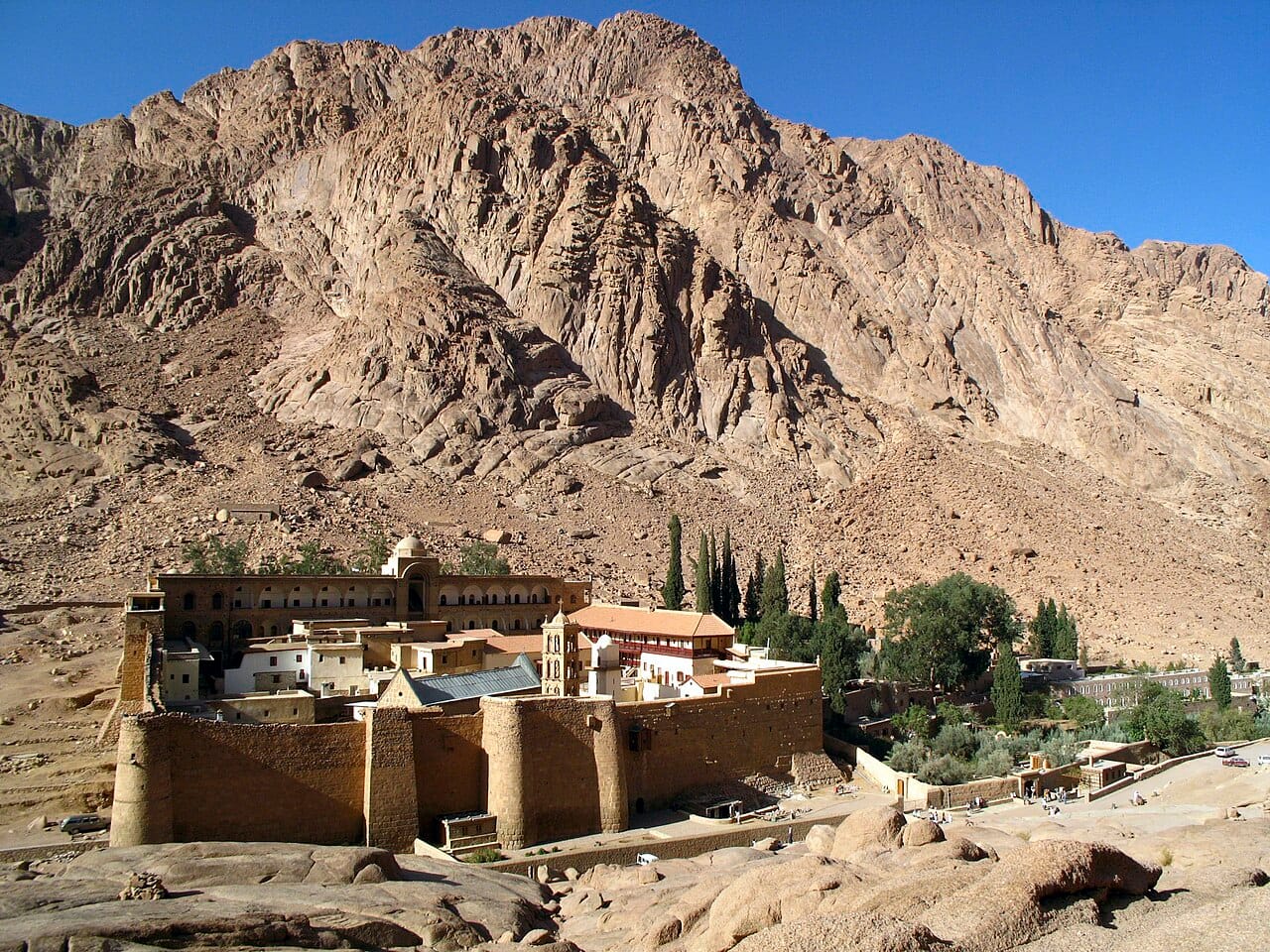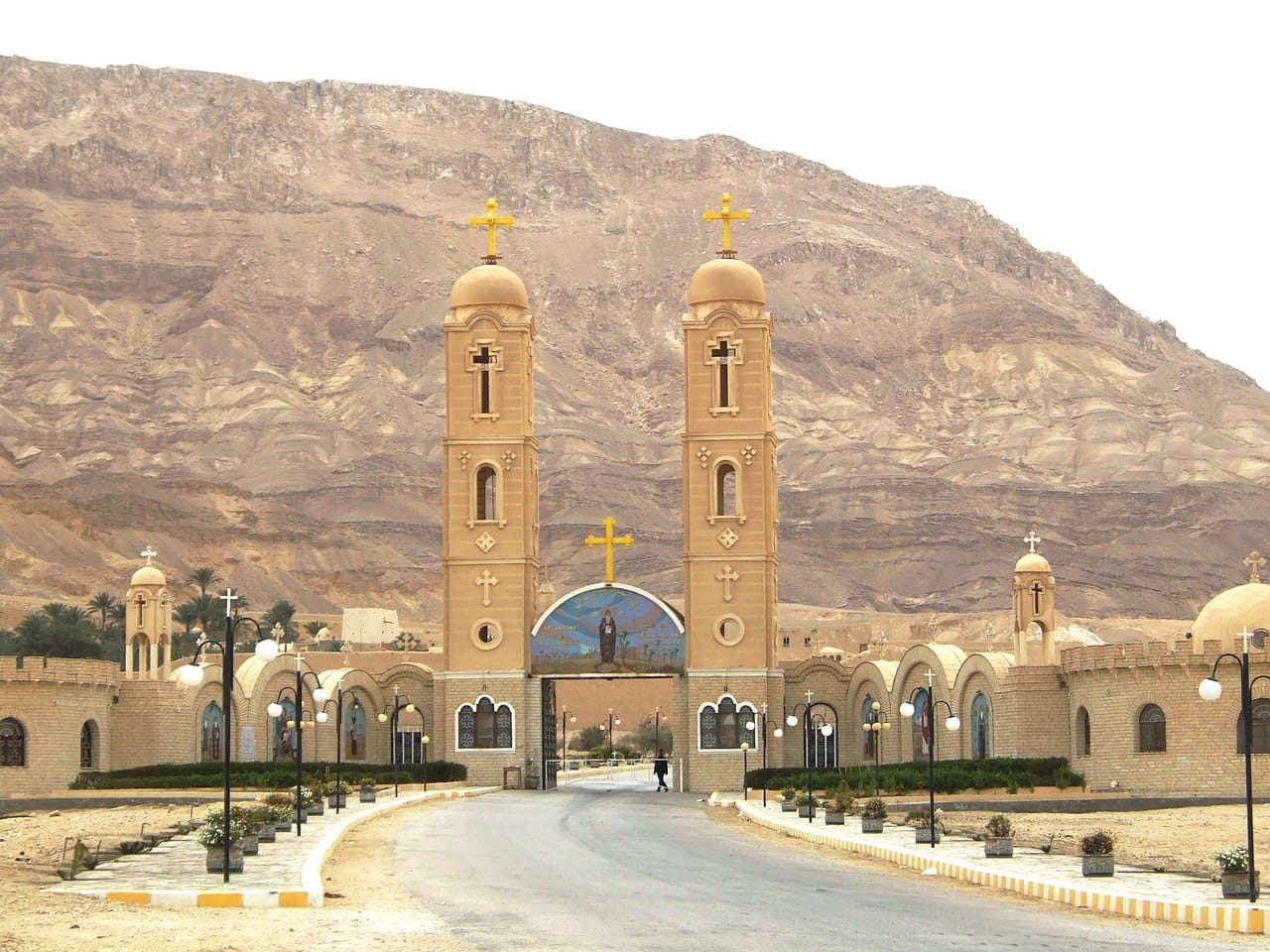What Became of Saint Catherine and Saint Margaret?

They came to sticky ends in 1969 when they were struck off the list of saints by the Catholic Church on the grounds they never existed.
Saint Catherine, it was determined, was an advertising campaign by Greek priests who wanted to lure the early Crusaders to Sinai to protect their monasteries (she was always more popular with the Orthodox Church). The photo below is of the still-operational Orthodox Saint Catherine's Monastery at the foot of Mt. Sinai, in Egypt. Now it lures pilgrims of a different kind: tourists rather than Crusaders. The monastery website is here. In 2002, Saint Catherine was partially rehabilitated when her feast day was restored to the General Roman Calendar. It's on November 25 but optional. In 2021, construction began on a luxury resort nearby, but this has stirred up widespread criticism recently because mass tourism and a spiritual experience are completely contradictory.

Most of the original fortified St. Catherine's Monastery shown here was built during the time of the Byzantine emperor Justinian and his wife Theodora, in the 6th century.
Saint Margaret became most popular in England where there are many churches in her name. In 1880 Arthur Sullivan (of Gilbert and Sullivan fame) even composed an oratorio, The Martyr of Antioch, dedicated to her. It is regarded as rather unexciting, perhaps because he eliminated the dragon, which is the best part of the story.
These saints had only caught on because they served as expressions of the people’s desire for magical heroes and heroines: healers and miracle-workers. The Catholic Church never particularly liked them and, once again, it was the men who got rid of them, just as they got rid of Joan. They kept Saint Michael.
The other great monastery in the area is the Coptic Orthodox Monastery of Saint Anthony, which is across the Gulf of Suez to the west. More on Saint Anthony here. Below is the main entrance:

